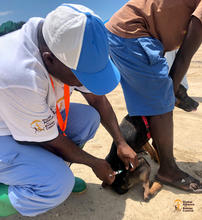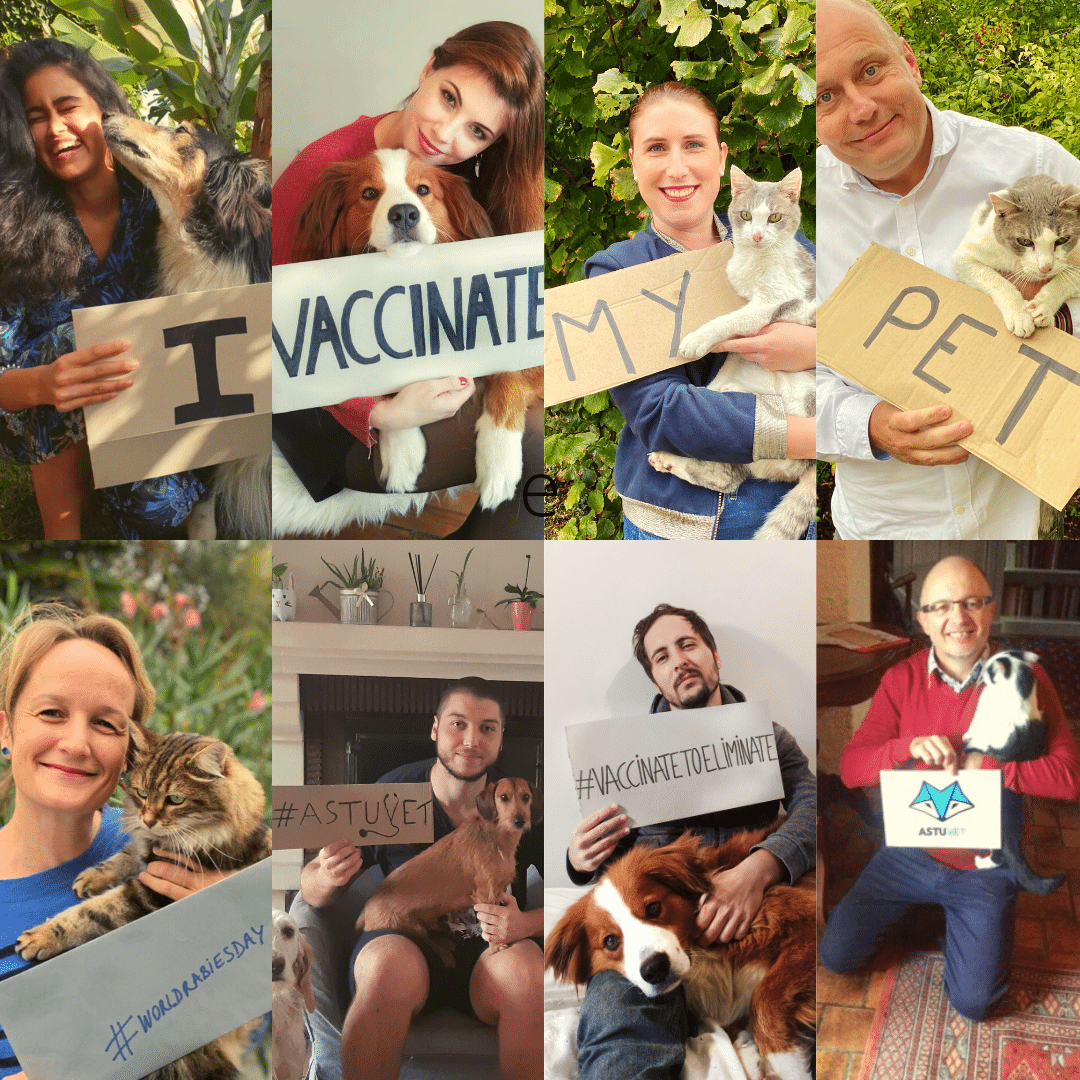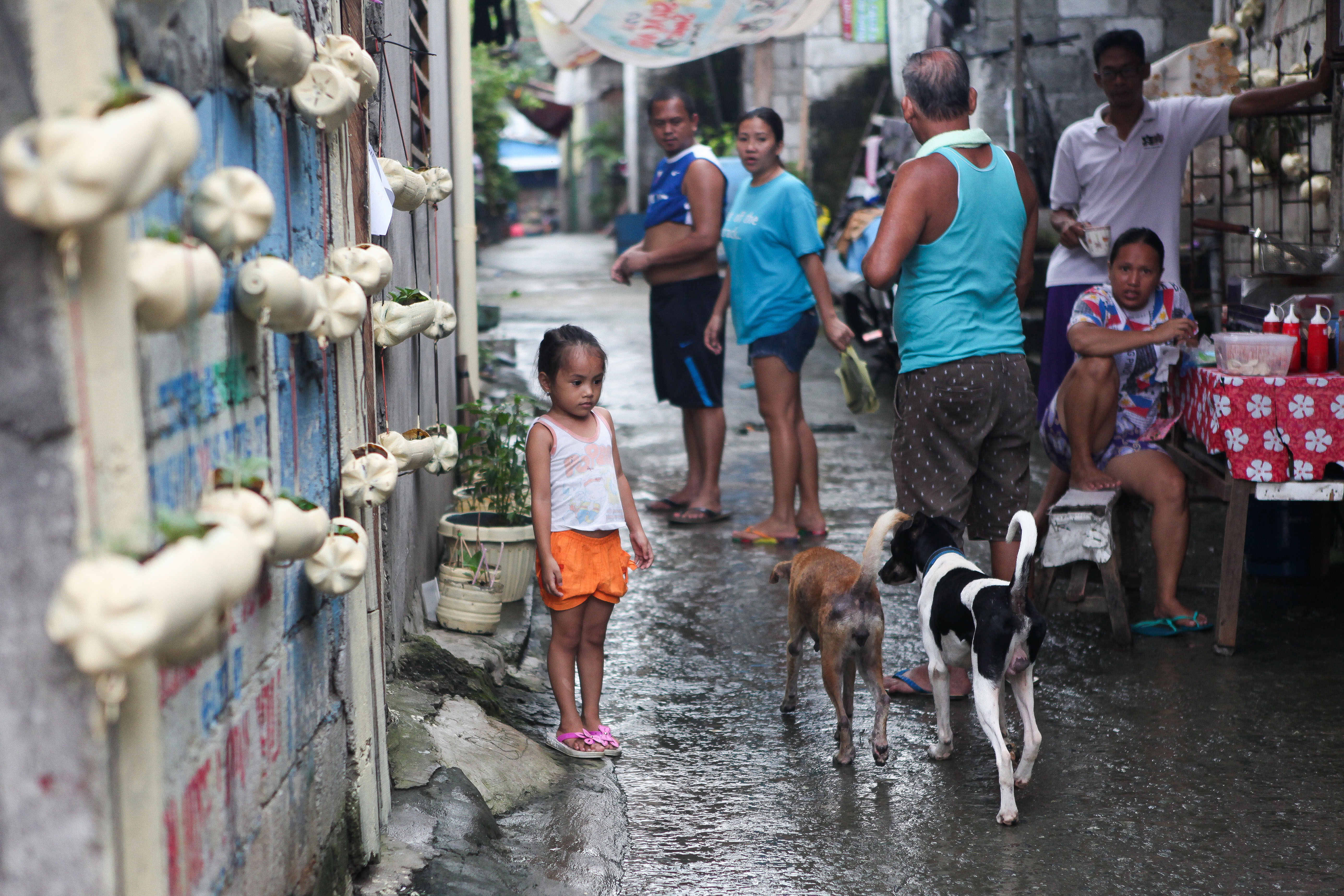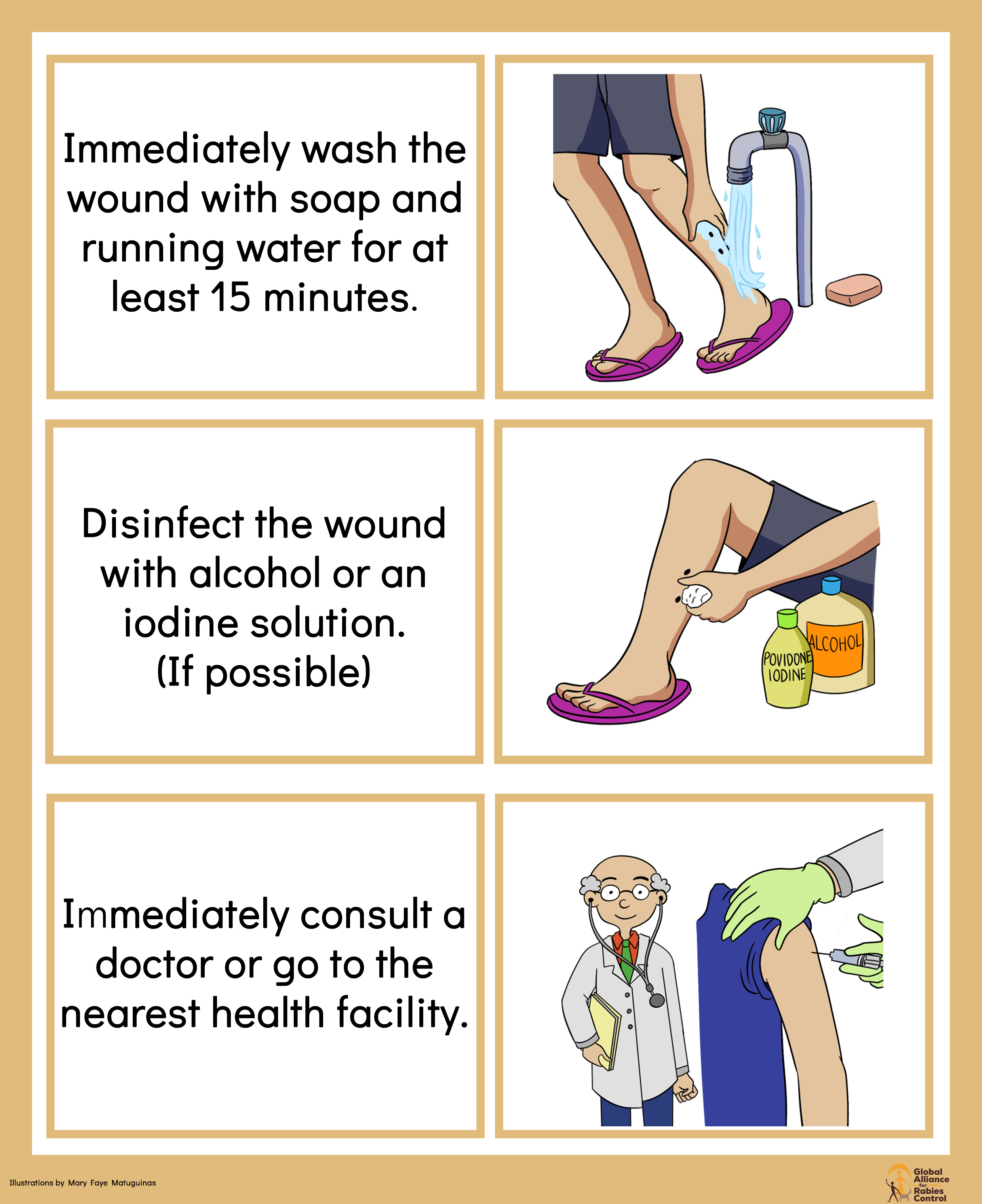Can rabies be eliminated?
Eliminating rabies
The good news is that rabies is 100% preventable. The tools and science to end the extensive suffering, loss of life, and financial burden of rabies already exist. These include an effective vaccine for dogs (to stop the disease at the source), as well as effective preventative treatments for people when they are exposed (human vaccines and other biologics).
What can I do to eliminate rabies?
People with dogs or cats can ensure that those animals are vaccinated against rabies and that the vaccinations are kept up to date. This is the best way to prevent rabies in your family and community, and it also helps to eliminate the disease.
But anyone can play a role in preventing rabies – whether they own a dog or cat, or not.
For instance, anyone can help raise awareness about rabies amongst their family and all of their friends. Join in on World Rabies Day which is celebrated every September 28th or take to social media and educate others by sharing resources and facts about rabies. GARC has designed the Rabies Educator Certificate – a free, online certificate course – that helps you learn how to educate others about rabies.
Many people may still ask: “Is rabies still a problem?” – help them realize that it still is – in more than 150 countries around the world!
Learn more about getting involved
Human rabies prevention
Rabies is 99% fatal once symptoms appear. However, rabies is still 100% preventable.
Bite prevention
The best way to avoid rabies is to avoid being bitten by an unknown animal or animal whose rabies vaccination status is unknown, especially a dog. It is for this reason that a lot of our education materials are based on dog bite prevention. If people are not bitten by dogs, then we can significantly reduce the number of human rabies deaths globally. You can learn more about our bite prevention education materials with the button below.
Rabies post-exposure prophylaxis
If you do get bitten (or licked or scratched) by an unknown animal, you need to seek medical treatment immediately and receive post-exposure prophylaxis (PEP). This is irrespective of the severity of the wound, as even the tiniest scratch that breaks your skin can result in rabies infection as the virus enters your body. Rather leave it up to a trained medical professional to determine whether you are at risk of rabies infection or not.
Rabies post exposure prophylaxis (PEP) consists of three critical steps to ensure that you remain safe and prevent unnecessary deaths from rabies:
Step 1:
You need to immediately and rigorously wash the area where you were exposed (typically a bite wound from a dog) with soap and running water for up to 15 minutes. This will help to flush the virus particles out of the wound, reducing your likelihood of infection. However, this alone is not enough.
Step 2:
Immediately seek professional medical attention at your nearest health facility. Be sure to mention that you were exposed to an unknown or unvaccinated animal and you are concerned about rabies. The health professional should do a risk assessment based on their professional knowledge to determine whether you require a vaccine or special rabies antibodies (called rabies immunoglobulin, also known as RIG) to help you fight the infection. This is based on the severity of the wound and the history of your exposure. Importantly, you must seek medical attention as soon as possible. It is also important to remember that it is never too late to seek medical attention and save your life, so long as it is before symptoms occur.
Step 3:
If the medical professional deems it necessary to provide you with a course of vaccinations (and possibly RIG), you must be sure to complete the full course of vaccinations. This means that you will need to return to the health facility to receive additional vaccinations. This is critical as only one vaccination is not enough to ensure your safety.



